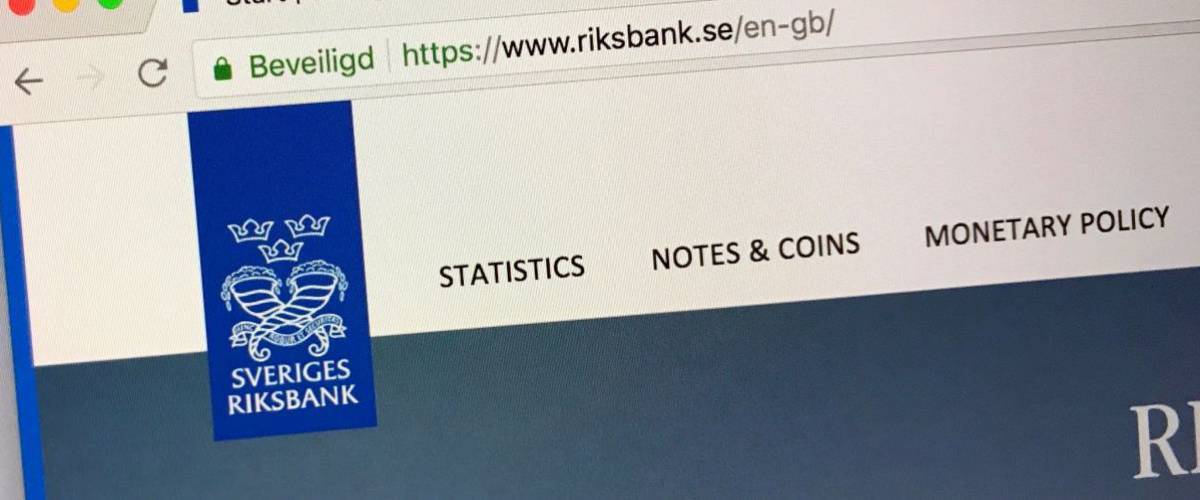What are negative interest rates?

In a normal economy, banks pay out interest to people who deposit money, use the deposited funds to make loans, and take in interest that's charged to borrowers.
But when economies go off track, those rules can be thrown out the window. Negative interest rates are typically seen during weak economies and periods of deflation — when prices go into a downward spiral.
Businesses and consumers tend to wait to see if prices will go even lower, so they save money instead of spending it. To encourage spending, banks start making it costly to sit on your money.
Instead of earning 2% interest on your savings, you might have to pay a 0.6% annual fee to keep it at the bank. That's considered an interest rate of -0.6%, and it's money that you're losing.
Negative interest works the opposite way for borrowers. To get people and businesses spending, banks extend loans at negative rates — meaning a borrower's interest "charge" is subtracted from the principal, not added to it.
For example, you might be offered a mortgage with a negative annual interest rate of -0.5%. By the time you finish repaying the loan, you'll have paid less money than the amount you originally borrowed.
How much home can you afford?
Whether you're hunting for a new home or looking to refinance your mortgage, knowing how much your new loan might cost you is critical. Use our handy mortgage calculator to help you understand what your payments could look like.
Get StartedThe history of negative interest rates

During the global recession from 2007 to 2009, central banks in Europe lowered interest rates to zero or close to it to get people to start borrowing. However, their economies continued to be sluggish.
This led the central banks to introduce a collection of unconventional policies — including negative interest rates.
It happened first in Sweden, where the central bank in 2009 lowered the rate on some deposits it holds overnight for commercial banks to -0.25%.
Denmark's central bank introduced negative rates in 2012 and has stuck with them ever since, except for one four-month period in 2014. The European Central Bank cut interest rates below zero in 2014, and the Bank of Japan joined the party in 2016.
The moves by the central banks haven't directly impacted consumers. But commercial banks often pass the negative interest along to their customers, by charging them fees to hold their deposits.
How would negative rates affect loans like mortgages?

When the COVID-19 pandemic struck, the Bank of Canada focused on lowering interest rates to stimulate the economy.
That’s led to incredibly cheap mortgages, and both homebuyers and homeowners who shop around and compare rates can find great deals.
While some parts of the world have seen the introduction of negative rates on mortgages, the concept isn’t as cool as you might think.
Last year, a bank in Denmark became the first in the world to offer a mortgage with a negative annual interest rate: -0.5%. Jyske Bank said it would reduce the loan principal by that amount each year.
Yet borrowers typically do not come out ahead. The small interest they "earn" can be more than wiped out by loan fees, including closing costs.
Unexpected vet bills don’t have to break the bank
Life with pets is unpredictable, but there are ways to prepare for the unexpected.
Fetch Insurance offers coverage for treatment of accidents, illnesses, prescriptions drugs, emergency care and more.
Plus, their optional wellness plan covers things like routine vet trips, grooming and training costs, if you want to give your pet the all-star treatment while you protect your bank account.
Get A QuoteWhat should Canadians do?

Canada may never enter negative territory, so it’s not worth it to wait and see. Assuming you have a solid credit score and stable income, now is already an amazing time to borrow money.
The country’s prime rate sits at just 2.45%, the lowest it has been since the 2008 financial crisis. The number is used to set interest rates on everything from variable mortgages to car loans, home equity lines of credit and even certain types of credit cards.
You can take advantage of the lowest rates ever, whether you want to buy a home or lower your mortgage payments by refinancing.
To make the process easier, you can ask a broker to handle the tough stuff. You can even do it online; Homewise will negotiate on your behalf with more than 30 big banks and other lenders to find you the best mortgage available.
The service is completely free, and you can apply online in just minutes:
You're 5 minutes away from the best mortgage
Searching for your perfect mortgage shouldn’t be hard. Homewise is an online brokerage that will negotiate on your behalf with more than 30 big banks and other lenders, completely free, and it only takes five minutes to apply.
If you're in the market for a new mortgage, or if you're looking to refinance before interest rates rise again, go to Homewise now and answer a few simple questions to get started.









